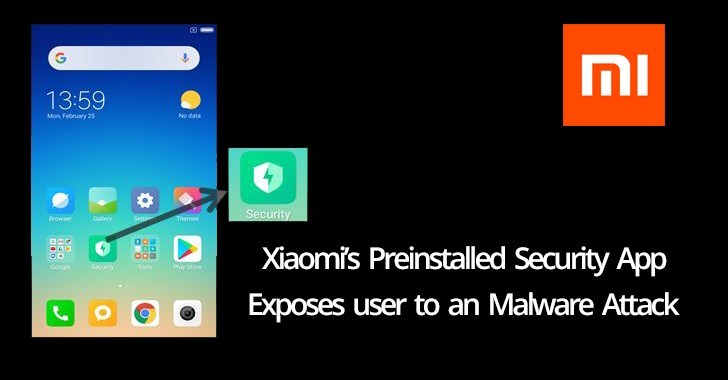A vulnerability in Xiaomi Mi Pre-Installed Security App ‘Guard Provider’ exposes more than 150,000 devices to an attack.
Security researchers from Checkpoint discovered a critical vulnerability in pre-installed security app, ‘Guard Provider’ which allows an attacker to launch a Man-in-the-Middle (MiTM) attack.

The security app includes third-party SDKs for offering the protection services, but the vulnerability in allows attackers to launch a MiTM attack, disable malware protection, deploy ransomware, tracking scripts and any kind of malware on the user device.
Guard Provider – How the Attack Works
Guard Provider use three different antivirus databases that include Avast, AVL, and Tencent, to provide protection service.
The pre-installed security app in Xiaomi phones aim’s to protect the phone by detecting malware, but the vulnerability in the app exposes the user to an attack.
Guard provider network traffic is unsecured, which allows a connected in the same Wi-Fi network as the victim could carry out a MiTM attack and inject malicious code as a part of the third-party SDK update.

“There are actually some hidden disadvantages in using several SDKs within the same app. Because they all share the app context and permissions. One SDK could compromise others, SDK Private storage cannot be isolated, so another SDK can access it.”
According to Checkpoint researchers, “Remote Code Execution (RCE) attack is possible when integrating two SDKs with problematic behavior.”
The attack leverages unsecured HTTP traffic, Path-Traversal Vulnerability and lack of integrity. “The attack is successful because the previous Avast update’s signature file was not verified before loading and Guard Provider has already checked it the first time it was downloaded.
“It is completely understandable that users would put their trust in smartphone manufacturers’ preinstalled apps, especially when those apps claim to protect the phone itself. This vulnerability discovered in Xiaomi’s ‘Guard Provider’, however, raises the worrying question of who is guarding the guardian.”
Checkpoint reported the vulnerability to Xiaomi and it has been fixed now, users are recommended to update the app.
Related Read










